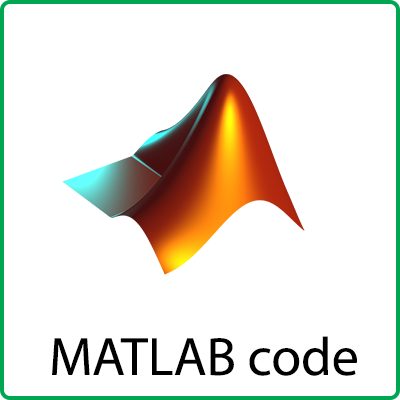Description
Many of the damages caused by earthquakes are the direct result of amplifications due to local site conditions that affect the seismic waves that propagate from the rock. A simple but effective way to characterize local site conditions is through the fundamental natural period of the soil deposit. The use of microtemblores is a very convenient tool to estimate this period without the need for other geological information. The term microtemblor is used to denote all types of environmental seismic noise or environmental vibrations: that produced by human activities, generally of high frequency, or by local surface sources such as industries and traffic, such as low frequency natural noise generated by tides , winds, and telesismos.
In this project the applicability of the method of spectral ratios was analyzed horizontal / vertical (H / V) to microtrequency records or environmental vibration for the determination of the fundamental period of soil vibration. This technique was compared with others exist for different types of data. The influence of the instrument was analyzed used to perform the measurements on the results obtained. The study was also studied influence of high-voltage electrical transmission lines in measurements. Finally A map of soil isoperiodes was constructed for the city of Mayagüez.
Matlab programs used in the processing of the different types of records obtained
Program for the processing of environmental vibration
Objective 1: To file convertion from ETNA EVT file into MATLAB or ASCII
Objective 2: To obtain the site frequency to a soil using Microtremors The processing method is the Nakamura’s Spectral Ratios
% Instrument Information:
% Kinemetrics ETNA
% Channel 1: (Sensor x – EW Direction)
% Episensor 31634
% Sensitivity: 1.248
% Natural Frequency: 210 Hz
% Damping: 0.7
% Channel 2: (Sensor y – NS Direction )
% Episensor 31635
% Sensitivity: 1.248
% Natural Frequency: 198 Hz
% Damping: 0.7
% Channel 3: Sensor (z – Vertical Direction)
% Episensor 31649
% Sensitivity: 1.250
% Natural Frequency: 198 Hz
% Damping: 0.7
Program for the processing of seismic accelerograms
Program for calculating and plotting the Discrete Fourier Transform of a seismic accelerogram using the FFT. The Fourier spectrum is smoothed by averaging the neighboring values of each point (“running average”).
The spectral quotient H / V is also calculated.
Program for the calculation of the spectral quotient with respect to a reference site
Program to calculate and plot the spectral quotient Hs / Hr, that is, the quotient between the Fourier spectrum at one site and that corresponding to a reference site in rock, with respect to the same seismic event.
Then the spectral quotients are smoothed by averaging the neighboring values of each point (“running average”).
Program for calculating the theoretical transfer functions of a soil deposit
Program to calculate and graph the Transfer Functions for a soil deposit consisting of N layers and ending in an elastic “rock” of infinite depth. Two cases are considered:
1) F. of T. between the rocky outcrop and the surface of the deposit,
2) F. of T. between the soil-rock interface and the surface of the deposit.
MATLAB code for image correlation from time encoded Polaris SP data
MATLAB code for computation the LBP-TOP features for a video sequence



Reviews
There are no reviews yet.